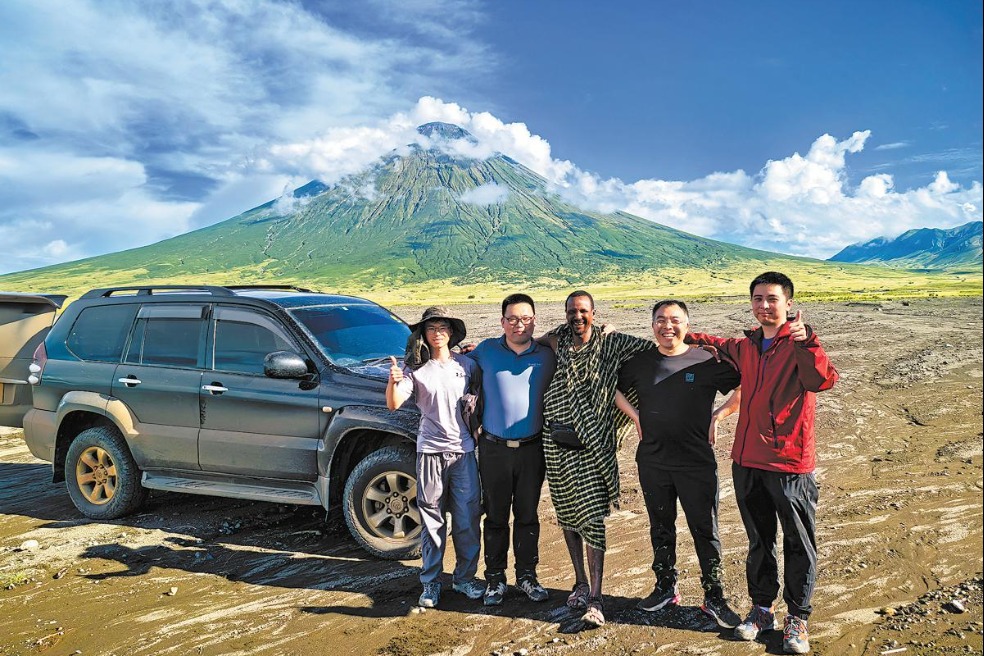Chinese researchers establish water vapor observation network in Qinghai-Tibet Plateau

LHASA - Chinese researchers announced Thursday they have set up an observation network of water vapor transmission in Southwest China's Tibet autonomous region.
The researchers set up the observation network along the Yarlung Zangbo Grand Canyon, known as the world's deepest canyon, which was confirmed as the largest water vapor transmission channel in the Qinghai-Tibet Plateau by Chinese Academy of Sciences (CAS) in 1981.
The transmission channel has obvious influence on the geography and landscape characteristics on the south and north sides of the Himalayas and its glaciers, according to the researchers.
The researchers set up comprehensive observation stations at the entrance, middle and end of the canyon, collecting data including precipitation and humidity to analyze the water vapor transmission.
The observation of the water vapor transmission along the canyon can help uncover the causes of water resources imbalance in the plateau, said Chen Xuelong, a researcher with Qinghai-Tibet Plateau research institute of the CAS.
- LDC CEO: I see potential and opportunities in China
- Canton Fair closes with record global attendance, showcasing trade resilience
- Hainan surpasses Dubai resident's expectations
- US enterprise eyes deeper ties and strategic focus at CIIE
- Netherlands' firm Louis Dreyfus to introduce new products at CIIE
- CIIE to be fully powered by renewable energy





































